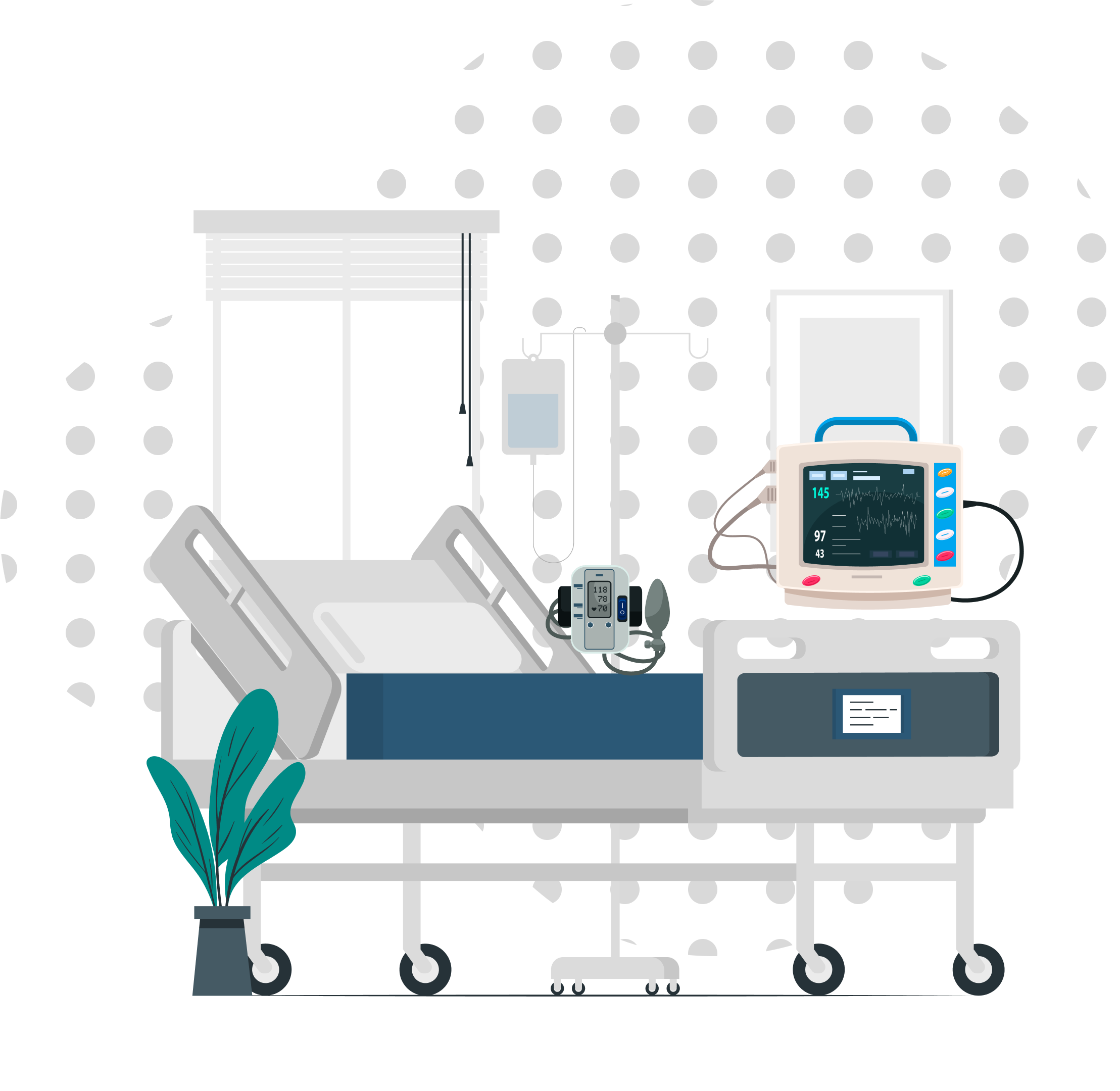What information should be included in the labelling of medical device?
Labelling typically includes important information for healthcare professionals, patients, and regulatory authorities.

ACPL is a renowned name in providing best regulatory services that help in the designthe design, manufacture, distribution, and marketing of medical devices.
Here are the key components and functions of medical device regulatory services:-
A robust QMS is essential for ensuring product quality and regulatory compliance
In India, medical devices are classified per their intended use, risk levels, and body contact duration as per the Medical Device Rules, 2017, managed by the CDSCO under the Ministry of Health and Family Welfare.
The rules classify medical devices into four classes: Class A, Class B, Class C, and Class D.


The specific licenses required for medical devices can vary depending on the country or region in which you intend to market and sell your devices:
A Manufacturing License enables medical device production, liable on facility inspections ensuring compliance with quality and safety standards.
To import medical devices into a country, you may require an import license or permit granted by the country's regulatory authority.
In wholesale or distribution of medical devices, you may need a specific license to engage in these activities.
exporting medical devices to other countries, you may need to obtain export licenses or permits, depending on the export regulations of your country.
for a medical device is a legal agreement permitting one company (the licensee) to produce, market, and sell a medical device owned by another company (the licensor).
Materiovigilance, also known as medical device vigilance, is a critical component of ensuring the safety and effectiveness of medical devices throughout their lifecycle.
Materiovigilance facilitates early detection of medical device problems about design, manufacturing, labelling, and usage, enabling rapid corrective actions.
Patient Safety - The core goal is to safeguard patients using medical devices by promptly recognizing and rectifying adverse events and malfunctions to prevent harm.
Many regulatory agencies around the world, such as the U.S. FDA and the (EMA), require manufacturers and other stakeholders to have Materiovigilance systems in place as part of regulatory compliance
The data yields valuable understandings for enhancing the design, manufacturing, and labelling of medical devices.
An effective Materiovigilance system can serve as a legal safeguard for manufacturers, offering protection from liability in the event of adverse incidents or product recalls.
Medical devices offer numerous benefits in healthcare, but they also come with certain risks. Here are some of the risks associated with medical devices:-

Labelling typically includes important information for healthcare professionals, patients, and regulatory authorities.
The name of the device, including its brand name or model number, to clearly identify it.
A clear description of the device's intended purpose and the medical conditions it is designed to address.
Details about the manufacturer, including name, address, and contact information.
Clear and comprehensive instructions on how to properly use, assemble, install, and maintain the device.
Information about situations or conditions where the device should not be used due to potential risks.
Any specific warnings, precautions, or potential adverse events associated with the device's use.